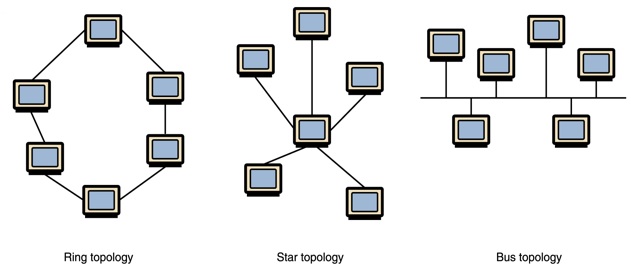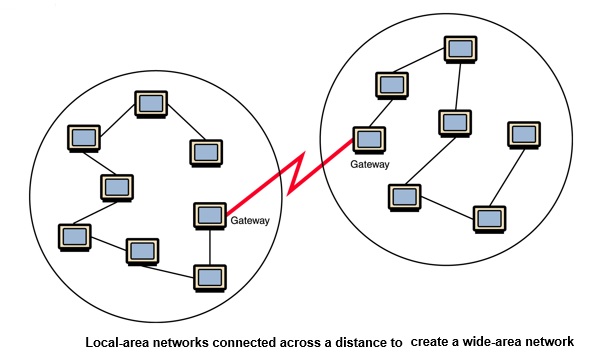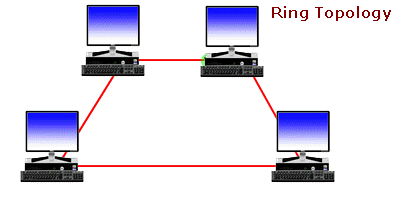Zeal For Wisdom
Cisco Networking Tutorial
Introduction to computer networking
Networking
Networking is at the heart of the digital transformation. The network is essential to many business functions today, including business critical data and operations, cybersecurity, and so much more. A wide variety of career paths rely on the network, so it's important to understand what the network can do, how it operates, and how to build and manage it.
Fundamentals of Networking
Switches, routers, and wireless access points are the essential networking basics. Through them, devices connected to your network can communicate with one another and with other networks, like the Internet. Switches, routers, and wireless access points perform very different functions in a network.
Computer network is a collection of computing devices that are connected in various ways in order to communicate and share resources Usually, the connections between computers in a network are made using physical wires or cables However, some connections are wireless, using radio waves or infrared signals The generic term node or host refers to any device on a network Data transfer rate The speed with which data is moved from one place on a network to another Data transfer rate is a key issue in computer networks Computer networks have opened up an entire frontier in the world of computing called the client/server model

- File server A computer that stores and manages files for multiple users on a network
- Web server A computer dedicated to responding to requests (from the browser client) for web pages
- Database Servers (SQL)
- Mail Servers
Types of Networks
Local-area network (LAN) A network that connects a relatively small number of machines in a relatively close geographical area Various configurations, called topologies, have been used to administer LANs
- Ring topology A configuration that connects all nodes in a closed loop on which messages travel in one direction
- Star topology A configuration that centers around one node to which all others are connected and through which all messages are sent
- Bus topology All nodes are connected to a single communication line that carries messages in both directions

A bus technology called Ethernet has become the industry standard for local-area networks Wide-area network (WAN) A network that connects two or more local-area networks over a potentially large geographic distance Often one particular node on a LAN is set up to serve as a gateway to handle all communication going between that LAN and other networks Communication between networks is called internetworking The Internet, as we know it today, is essentially the ultimate wide-area network, spanning the entire globe Metropolitan-area network (MAN) The communication infrastructures that have been developed in and around large cities Well, nobody does. No single person or company owns the Internet or even controls it entirely. As a wide-area network, it is made up of many smaller networks. These smaller networks are often owned and managed by a person or organization. The Internet, then, is really defined by how connections can be made between these networks.

Internet Connections
Internet service provider (ISP) A company that provides other companies or individuals with access to the Internet Eg- Verizon, Comcast There are various technologies available that you can use to connect a home computer to the Internet A phone modem converts computer data into an analog audio signal for transfer over a telephone line, and then a modem at the destination converts it back again into data A digital subscriber line (DSL) uses regular copper phone lines to transfer digital data to and from the phone company’s central office A cable modem uses the same line that your cable TV signals come in on to transfer the data back and forth Broadband A connection in which transfer speeds are faster than 128 bits per second DSL connections and cable modems are broadband connections The speed for downloads (getting data from the Internet to your home computer) may not be the same as uploads (sending data from your home computer to the Internet)
Read More ...
Zeal For Wisdom
Learn Today For Better Tomorrow














